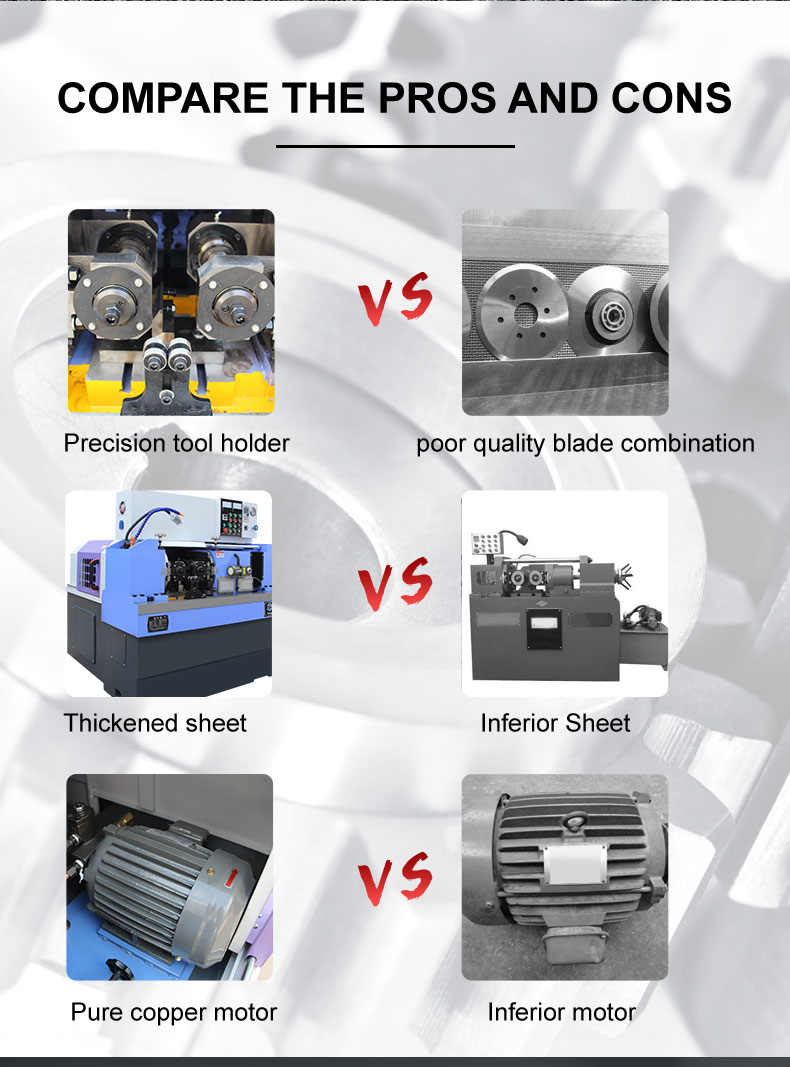
-
 Afrikaans
Afrikaans -
 Albanian
Albanian -
 Amharic
Amharic -
 Arabic
Arabic -
 Armenian
Armenian -
 Azerbaijani
Azerbaijani -
 Basque
Basque -
 Belarusian
Belarusian -
 Bengali
Bengali -
 Bosnian
Bosnian -
 Bulgarian
Bulgarian -
 Catalan
Catalan -
 Cebuano
Cebuano -
 Corsican
Corsican -
 Croatian
Croatian -
 Czech
Czech -
 Danish
Danish -
 Dutch
Dutch -
 English
English -
 Esperanto
Esperanto -
 Estonian
Estonian -
 Finnish
Finnish -
 French
French -
 Frisian
Frisian -
 Galician
Galician -
 Georgian
Georgian -
 German
German -
 Greek
Greek -
 Gujarati
Gujarati -
 Haitian Creole
Haitian Creole -
 hausa
hausa -
 hawaiian
hawaiian -
 Hebrew
Hebrew -
 Hindi
Hindi -
 Miao
Miao -
 Hungarian
Hungarian -
 Icelandic
Icelandic -
 igbo
igbo -
 Indonesian
Indonesian -
 irish
irish -
 Italian
Italian -
 Japanese
Japanese -
 Javanese
Javanese -
 Kannada
Kannada -
 kazakh
kazakh -
 Khmer
Khmer -
 Rwandese
Rwandese -
 Korean
Korean -
 Kurdish
Kurdish -
 Kyrgyz
Kyrgyz -
 Lao
Lao -
 Latin
Latin -
 Latvian
Latvian -
 Lithuanian
Lithuanian -
 Luxembourgish
Luxembourgish -
 Macedonian
Macedonian -
 Malgashi
Malgashi -
 Malay
Malay -
 Malayalam
Malayalam -
 Maltese
Maltese -
 Maori
Maori -
 Marathi
Marathi -
 Mongolian
Mongolian -
 Myanmar
Myanmar -
 Nepali
Nepali -
 Norwegian
Norwegian -
 Norwegian
Norwegian -
 Occitan
Occitan -
 Pashto
Pashto -
 Persian
Persian -
 Polish
Polish -
 Portuguese
Portuguese -
 Punjabi
Punjabi -
 Romanian
Romanian -
 Russian
Russian -
 Samoan
Samoan -
 Scottish Gaelic
Scottish Gaelic -
 Serbian
Serbian -
 Sesotho
Sesotho -
 Shona
Shona -
 Sindhi
Sindhi -
 Sinhala
Sinhala -
 Slovak
Slovak -
 Slovenian
Slovenian -
 Somali
Somali -
 Spanish
Spanish -
 Sundanese
Sundanese -
 Swahili
Swahili -
 Swedish
Swedish -
 Tagalog
Tagalog -
 Tajik
Tajik -
 Tamil
Tamil -
 Tatar
Tatar -
 Telugu
Telugu -
 Thai
Thai -
 Turkish
Turkish -
 Turkmen
Turkmen -
 Ukrainian
Ukrainian -
 Urdu
Urdu -
 Uighur
Uighur -
 Uzbek
Uzbek -
 Vietnamese
Vietnamese -
 Welsh
Welsh -
 Bantu
Bantu -
 Yiddish
Yiddish -
 Yoruba
Yoruba -
 Zulu
Zulu
thread rolling machine setup
Thread Rolling Machine Setup A Comprehensive Guide
Thread rolling is a cold forming process used to produce threads on cylindrical parts, providing a strong and precise finish. Utilizing a thread rolling machine is essential for manufacturers looking to improve production efficiency and reduce costs associated with traditional cutting methods. Proper setup of the machine plays a vital role in ensuring optimal performance and high-quality output. In this article, we will explore the key considerations and steps involved in setting up a thread rolling machine.
1. Understanding the Basics of Thread Rolling
Before delving into the setup process, it's crucial to understand how thread rolling works. Unlike traditional machining, which removes material to create threads, thread rolling deforms the material to create the desired thread shape. This process enhances the strength of the threads, as the rolling process aligns the material grain structure in the direction of the threads, resulting in improved tensile strength and fatigue resistance.
2. Preparing the Work Area
The first step in setting up the thread rolling machine is to prepare the work area. Ensure that the machine is placed on a sturdy, level surface, minimizing vibrations during operation. Adequate lighting and ventilation should also be provided to facilitate safe and efficient work conditions. Ensure that all necessary tools, materials, and safety equipment are readily accessible.
3. Selecting the Correct Die Set
Choosing the right die set is paramount to successful thread rolling. The dies must match the specifications of the threads being produced, including diameter, pitch, and profile. It is essential to consult the die manufacturer’s guidelines to ensure compatibility with the material being used. A proper die set will significantly enhance the quality and consistency of the finished threads.
4. Setting Up the Machine
thread rolling machine setup

Once the appropriate die set has been selected, the next step is to install it onto the thread rolling machine. This involves
- Installing the Dies Begin by aligning the dies according to the manufacturer's instructions. Ensure they are securely fastened to avoid misalignment during operation. - Adjusting Machine Settings Set the machine parameters, such as speed, feed rate, and pressure, according to the specifications required for the specific application. Refer to relevant data sheets for optimal settings, taking into account material properties and desired thread characteristics. - Load Test Pieces Before commencing full-scale production, it is advisable to conduct tests with sample pieces to fine-tune the setup. This helps in identifying any adjustments needed in settings or alignment before moving forward.
5. Implementing Safety Measures
Safety is paramount when operating a thread rolling machine. Ensure all operators are trained in safe practices and familiar with the machine's emergency shut-off features. Protective gear such as gloves, safety glasses, and ear protection should be worn at all times. Regular safety inspections of the machine and the environment will help mitigate risks.
6. Quality Control and Monitoring
Once the setup is complete and production begins, continuous monitoring is essential to maintain quality. Implement a quality control process to regularly check the dimensions, appearance, and mechanical properties of the rolled threads. This may involve using gauges and other measuring tools to ensure consistency with specifications.
Conclusion
Setting up a thread rolling machine is a critical step in the manufacturing process that demands attention to detail and adherence to best practices. By understanding the fundamentals of thread rolling, preparing the work area, selecting the right dies, properly configuring the machine, and ensuring safety, manufacturers can achieve high-quality results and enhance production efficiency. Continuous monitoring and quality control further ensure that the end products meet the required standards, providing value to both the manufacturer and the end user. Through proper setup and maintenance, thread rolling can be a highly effective method for producing robust and precise threaded components.
